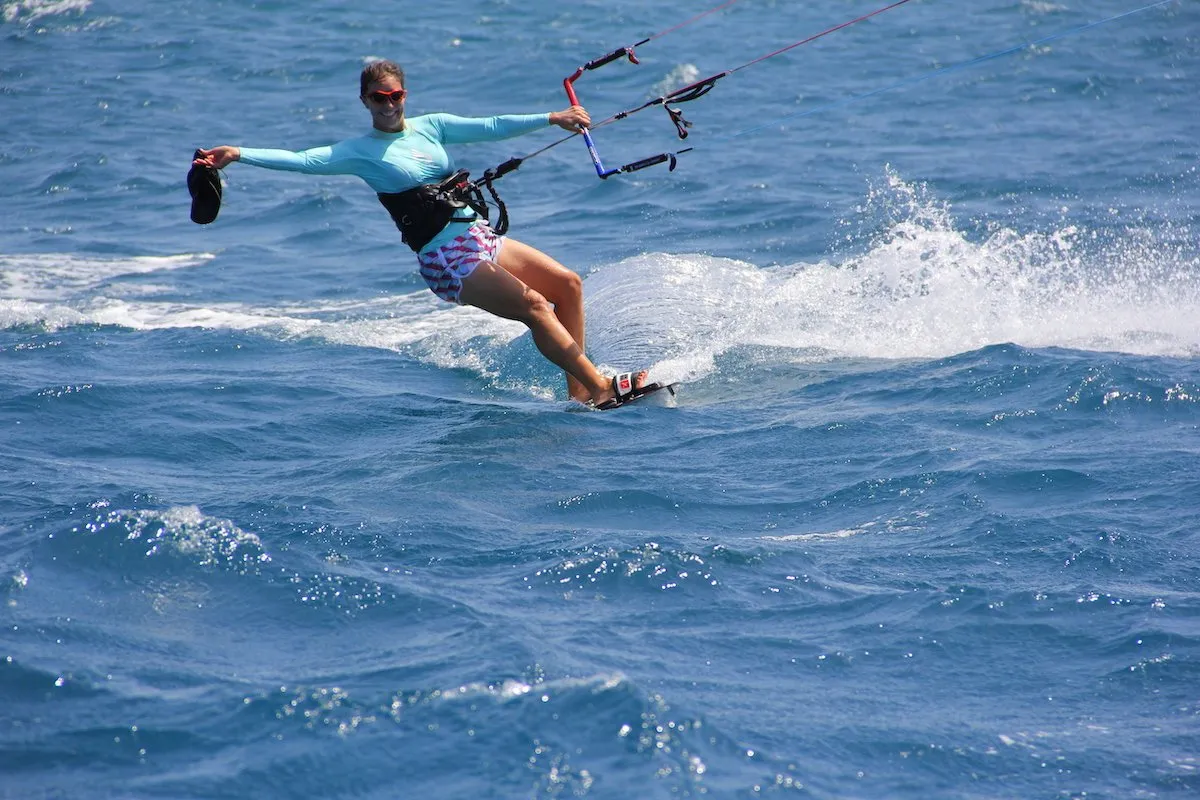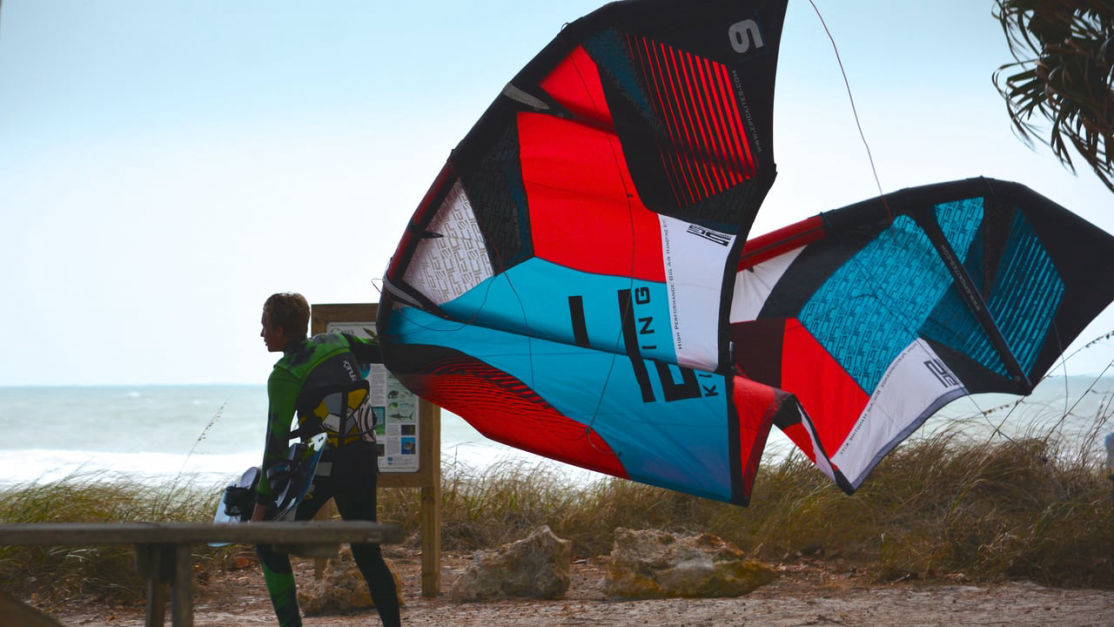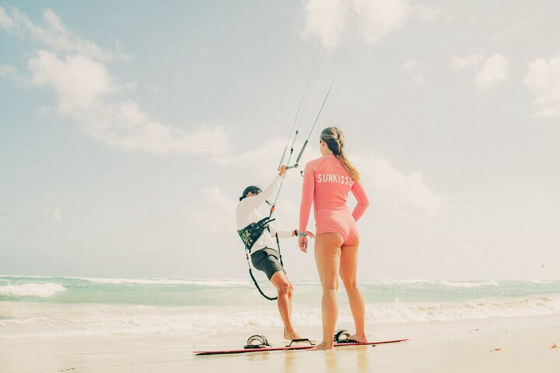
The Best Time of Year for Kitesurfing in South Australia
Have you ever wondered when the ideal time for kitesurfing in South Australia is? Discover the seasonal secrets that could elevate your experience!

Have you ever wondered when the ideal time for kitesurfing in South Australia is? Discover the seasonal secrets that could elevate your experience!

When you think about kitesurfing in South Australia, you might assume summer's the best time to hit the waves. However, it's essential to consider the seasonal wind patterns and how they can impact your experience. As you explore the various times of year, you'll find that each season offers its own unique advantages and challenges. From the warm breezes of spring to the unpredictable winds of winter, your choice of when to kitesurf could significantly affect your performance. Curious about which season might suit your style best?
South Australia's kitesurfing scene thrives on its seasonal wind patterns, which play a crucial role in determining the best times to hit the water.
You'll find that the ideal conditions for kitesurfing in Adelaide generally occur during the spring and summer months.
During this time, consistent winds create perfect opportunities for both beginners and experienced riders.
If you're keen to learn, our kitesurfing lessons are tailored to help you navigate these conditions effectively. Winds typically range from 15 to 25 knots, making it easier for you to harness the power of the wind.
You can also explore Wing Foiling Lessons, which are gaining popularity due to their versatility and fun factor.
In South Australia, locations like Largs Bay provide excellent spots for kitesurfing, with the stunning backdrop of the coastline.
Understanding these seasonal wind patterns not only enhances your experience but also ensures you're out on the water when conditions are at their best.
RIDE Kitesurfing
1 The Foreshore Opposite Everard Street &, Lady Gowrie Dr
Largs Bay SA 5016
Phone: 0417 858 641
Email: info@ridekitesurfing.com.au
Website: https://ridekitesurfing.com.au/
During the summer months, kitesurfing conditions in South Australia are nothing short of spectacular. The warm weather, typically ranging from 25 to 35 degrees Celsius, creates a perfect backdrop for your kitesurfing adventures.
You'll find consistent thermal winds, often blowing at 15 to 25 knots, ideal for both beginners and experienced riders. These winds usually pick up in the afternoon, giving you ample time to hit the water after a relaxing morning.
The waters are warm, making your experience even more enjoyable. You won't have to worry too much about chilly dips, and the coastline offers stunning beaches with plenty of space to launch your kite.
Popular spots like Largs Bay provide a friendly atmosphere and easy access to amenities. As you ride the waves, you'll be surrounded by fellow kitesurfers, creating an energetic and supportive community.
Whether you're practicing your jumps or just cruising along, you'll feel the thrill that summer kitesurfing brings.
Remember to stay hydrated and apply sunscreen, as the sun can be fierce.

As summer winds down, kitesurfers can take advantage of the unique opportunities autumn brings. With the warmer weather fading, you'll find fewer crowds on the water, allowing for a more relaxed experience.
The winds tend to be consistent and reliable, which means you can enjoy longer sessions without the unpredictability that sometimes comes with summer gusts.
Autumn also offers the chance to explore different locations along South Australia's stunning coastline. You might discover hidden gems that are less frequented during the peak season.
Plus, the ocean conditions are often calmer, making it easier to practice new tricks or refine your skills.
This season is perfect for booking lessons, too. With qualified instructors at RIDE, you'll get personalized guidance tailored to your level, whether you're a beginner or looking to advance your technique.
Don't forget to gear up for the cooler temperatures; a wetsuit could be your best friend during those refreshing sessions.
Embrace the beauty of autumn, enjoy the winds, and make the most of this fantastic kitesurfing season in South Australia.
Kitesurfing in winter can throw you a curveball with its chilling temperatures and unpredictable weather conditions. You may find yourself facing strong winds, frigid waters, and occasional storms that can challenge even the most seasoned kitesurfer.
Dressing appropriately is crucial; wearing a good wetsuit, booties, and gloves can help you stay warm, but it might take some time to adjust to the cold.
Moreover, the wind patterns can shift unexpectedly during winter, making it harder to predict the best time to hit the water. You'll need to keep a close eye on weather forecasts and be prepared to adapt your plans.
Another challenge is the limited daylight, which means you'll have fewer hours to enjoy your sessions. Be strategic about your timing to maximize your time on the water.
Lastly, the beaches can be less crowded, which is a double-edged sword. While you'll enjoy more space, you might also miss out on the camaraderie and support that comes from kiting with others.
Embrace these winter challenges, and with the right preparation, you can still enjoy thrilling sessions on the waves.
Kitesurfing South Australia
With the arrival of spring in South Australia, kitesurfing conditions begin to improve dramatically. The warmer temperatures and consistent winds create an ideal environment for both beginners and seasoned riders.
You'll notice the water warming up, making those exhilarating sessions much more enjoyable. As you hit the waves, you'll find that the Spring winds typically come in from the north, providing steady gusts perfect for kitesurfing.
Popular spots like Largs Bay and West Beach become bustling hubs for kitesurfers eager to catch some air. The vibe is electric, with fellow enthusiasts sharing tips and cheering each other on.
Spring also means longer days, giving you more daylight hours to perfect your tricks or simply enjoy the scenery.
Don't forget to book your lessons if you're new to the sport.
Experienced instructors are ready to guide you through the basics and beyond, ensuring you're safe and confident on the water.
You don't need prior water sports experience for wing foiling. Beginners often thrive with the right instruction. Just bring your enthusiasm, and you'll quickly learn the skills needed to enjoy this exciting sport.
You can start wing foiling lessons at any age, as long as you're comfortable in the water. Our instructors tailor the experience to your skill level, ensuring everyone has fun and learns safely.
You can still take lessons even if you can't swim. Our experienced instructors prioritize safety and will ensure you're comfortable. We provide flotation devices, so you can focus on learning and having fun on the water.
You'll typically need around three to five lessons to feel confident on the water. With each session, you'll build skills and gain comfort, ensuring you're ready to enjoy wing foiling independently and safely.
For wing foiling lessons, you'll want light to moderate winds, ideally between 10-20 knots. Sunny skies and calm waters enhance your experience, making it easier for you to focus on learning and having fun.